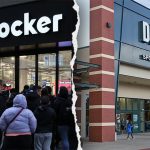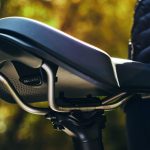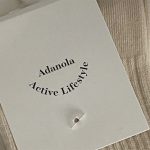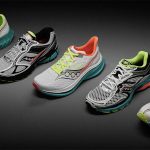Fitbit announced that its active users grew to more than 25 million1 in 2017.
This continued growth of Fitbit’s user community also demonstrates both the health of the wearables category and retention of Fitbit users. Fitbit Charge 2 is the top selling fitness tracker in the U.S., according to NPD, and Amazon recently announced that Charge 2 was one of its top sellers in the health and fitness category this holiday season.
With the introduction of the first of its smartwatch offerings in October 2017, Fitbit Ionic, Fitbit said it is well positioned to succeed in the evolving wearables category given its range of devices including both trackers and smartwatches, price points, broad compatibility across Android, iOS and Windows, and long battery life. Over time, Fitbit expects the lines between trackers and smartwatches to continue to blur.
In addition to the overall growth in active users, Fitbit continued to see increased engagement within its health and fitness social network – one of the largest in the world:
- More than 20 million people using Feed within the Fitbit app
- Users have joined groups more than 4.7 million times, ranging from fitness topics like running, swimming and strength training, to health subjects like hypertension, type 2 diabetes or heart health
- The Fitbit app remains the #1 health and fitness app on both iOS and Android in the U.S.
“The wearables category has never been more exciting. It offers significant potential for helping people achieve better health outcomes, which is our singular focus at Fitbit,” said James Park, co-founder and CEO of Fitbit. “We see continued demand for trackers, powered by the enterprise and healthcare sectors, and we strategically entered the smartwatch category with Fitbit Ionic at a time when consumers are moving to smarter, fuller featured devices. Underscoring all of this will be our ongoing commitment to deliver the most engaging experience possible to support our users on their health and fitness journeys.”
IDC is forecasting the wearables market to nearly double in the next four years – reaching 222.3 million units. While smartwatches will fuel new growth, trackers will continue to demonstrate demand in the coming years and drive near-term sales, having comprised 39.8 percent of wearable device shipments in 2017.
Meanwhile, NPD notes that activity tracker ownership among U.S. adults is expected to increase by more than six percent by the end of 2018 compared to the prior year, helped by the healthcare sector.















